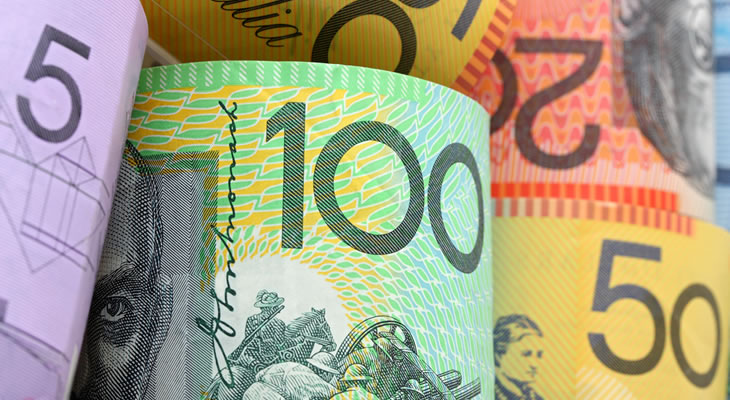GBP/AUD Conversion Rate Predicted to Trend within a Tight Range after British Consumer Confidence Dropped to Six-Month Low
The Pound Sterling to Australian Dollar (GBP/AUD) exchange rate was trending within a limited range on Friday afternoon.
Despite the fact that third-quarter British Gross Domestic Product met with expectations, the Pound softened versus many of its currency rivals. The growth data showed a slowdown which has weighed on bets regarding the timing of a Bank of England (BoE) interest rate hike. ‘If the Bank of England are thinking of tightening policy, it makes it harder to do so when there’s so much onus on the domestic consumer to keep performing,’ said John Wraith, head of rates strategy at UBS Group AG in London. ‘The economy is going to remain dependent on the private sector domestically because we’ve got ongoing fiscal consolidation and weakness of external demand.’
Also weighing on demand for the British asset was a particularly disappointing Consumer Confidence print which saw confidence drop from 2 to 1 in November, a fresh six-month low. Scott Corfe, associate director at the Cebr economic consultancy, said: ‘These are uncertain times for UK consumers. The economic picture is still quite blurry, with positive news – such as encouraging employment figures – usually matched by an unwelcome development – like the increase in the UK’s budget deficit in October compared with a year ago. This flux is perhaps reflected in November’s consumer confidence measures, with many people growing more worried about the future. Consumer confidence is still relatively high, but it is not without its fragilities.’
The Pound Sterling to Australian Dollar (GBP/AUD) exchange rate is currently trending in the region of 2.0932.
AUD/GBP Exchange Rate Predicted to Trend Statically as Commodities Rout Weighs on ‘Aussie’ (AUD) Demand
The Australian Dollar softened versus most of its currency rivals on Friday afternoon after yesterday’s third-quarter Private Capital Expenditure slumped by a massive -9.2%. ‘The outlook for business investment is weak. The downturn in mining investment is dominating the outlook for 2015-16, with work on key gas and iron ore projects nearing completion,’ stated Westpac senior economist Andrew Hanlan. The weak data revived fears that the Reserve Bank of Australia (RBA) will want to ease policy further throughout 2016.
Also weighing on demand for the Oceanic currency is ongoing depreciation in commodity values after the Shanghai Composite Index declined by 5.5% at the close of the Asian session. Gold prices have tumbled to a six-year low and raw metal prices continue to struggle. With a complete absence of Australian economic data until next week to provoke changes, the South Pacific asset is likely to continue holding a comparatively weak position versus its major rivals.
The Pound Sterling to Australian Dollar (GBP/AUD) exchange rate dropped to a low of 2.0834 during Friday’s European session.
Pound Sterling to Australian Dollar (GBP/AUD) Exchange Rate Forecast: GBP/AUD to Trend Statically ahead of Australian TD Securities Inflation
Given the complete absence of further economic data to provoke changes, the Pound Sterling to Australian Dollar (GBP/AUD) exchange rate is likely to continue trending within a limited range into the weekend. Sunday could see GBP/AUD volatility with China’s Leading Index and Australian TD Securities Inflation reports due for publication. Monday is very likely to see heightened GBP/AUD volatility with Australia’s HIA New Home Sales and Private Sector Credit, and the UK’s Net Consumer Credit, Net Lending Securities on Dwellings and Mortgage Approvals due for release.
The Pound Sterling to Australian Dollar (GBP/AUD) exchange rate climbed to a high of 2.0959 today.


Comments are closed.